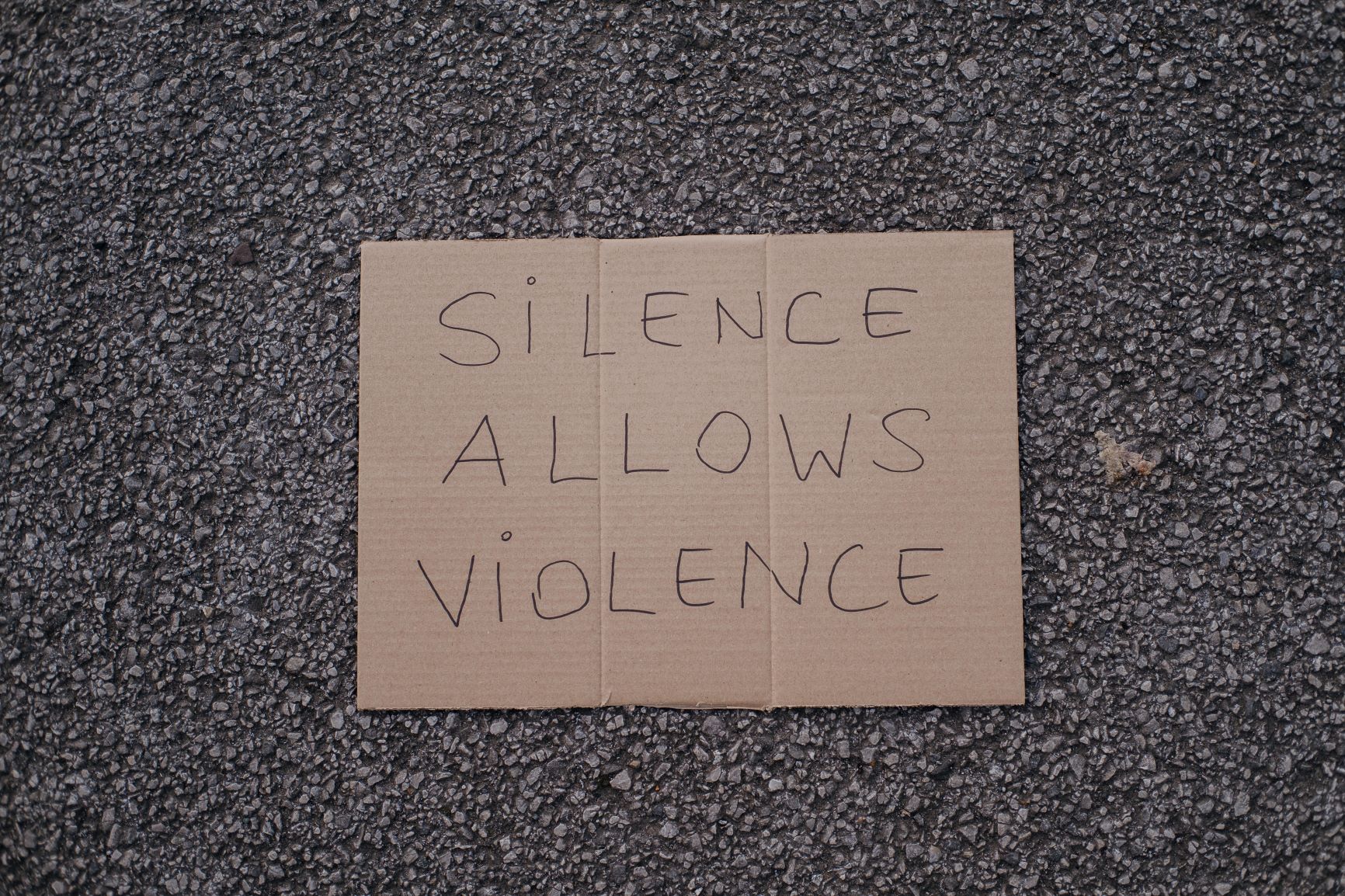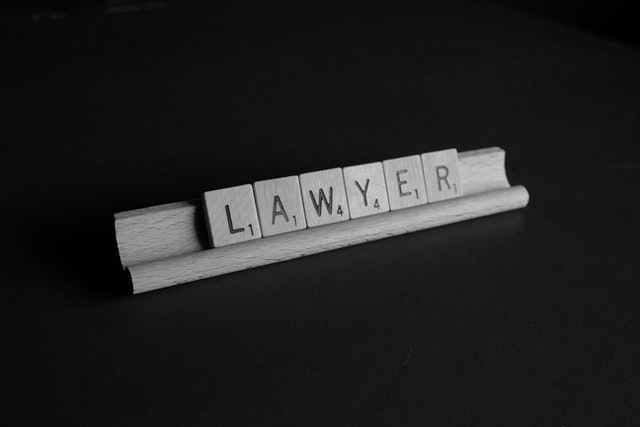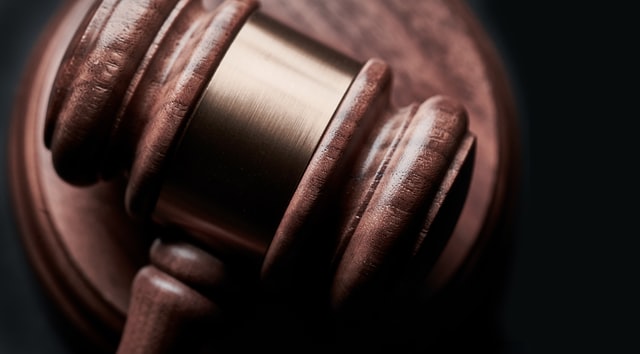
Seeking Justice in Civil Court: Remedies for Sexual Assault Survivors
February 15, 2021
Why Hire a Corporate Law Attorney?
March 18, 2021When a company is unable to pay its debts, it’s considered to be insolvent. This is a commercial term. It refers to businesses unable to meet their financial obligations. There are two different ways insolvency can be identified. There are the balance sheet and cash flow.
Balance Sheet
This is also known as being technically insolvent. It occurs when a business’s negative net assets or liabilities are greater than its assets. In this situation, a business could sell all of its assets, including inventory, real estate, and more. They would then still be unable to meet the financial obligations of their outstanding debts.
Cash Flow
This is when a business is struggling to pay its debts on their due dates. This can happen when a company is having a difficult time selling its assets. This is a situation often known as illiquidity.
Bankruptcy and Insolvency Act (BIA)
This is a set of Canadian statutes that regulate the laws of insolvency in Canada. It is responsible for Canadian commercial proposals, bankruptcies as well as receiverships. It is a self-contained legal regime. It provides a way for an insolvent company to make proposals to their creditors for their debt to be adjusted. If this does not work, it provides a way to bankruptcy if necessary.

Companies’ Creditors Arrangement Act (CCAA)
This is a Canadian federal law that enables insolvent corporations with more than $5 million of debt owed to their creditors to restructure their financial affairs. It is designed for a remedial purpose. It enables a company to do business while seeking arrangements with creditors.
Reorganization
The BIA provides a rigid system of reorganization. It provides a business that uses it with a simple, quick, and cost-effective method of reorganization. The BIA is also known for its lack of flexibility. It is used to reorganize companies that are medium to small-sized. Larger companies are usually reorganized using the process provided by the CCAA.
BIA Reorganization Process
A term used for a plan of compromise under the BIA is the intent to file a proposal (NOI). This is a system of reorganization that is started by the debtor. With the filing of an NOI, there is an automatic 30-day stay of proceedings that favor the debtor. It can be extended if necessary. A proposal is required to be filed during the stay period if the debtor doesn’t become bankrupt. Should a creditor refuse the proposal or if the court does not approve the proposal, a debtor is then determined to be bankrupt.
CCAA Reorganization
It provides little guidance concerning stay proceedings. The stay orders are complex and usually give the debtor the right to renounce executory contracts. Stay orders with the CCAA can also be extended to include the relationships a company has with third parties.
Under the BIA or CCAA assets are often sold as part of the reorganization process. Any sales made as part of the ordinary course of business must be approved by a Canadian court. There are certain criteria associated with commercial reasonableness that must be followed. Companies who are dealing with being insolvent should discuss their situation with an attorney as soon as possible.



